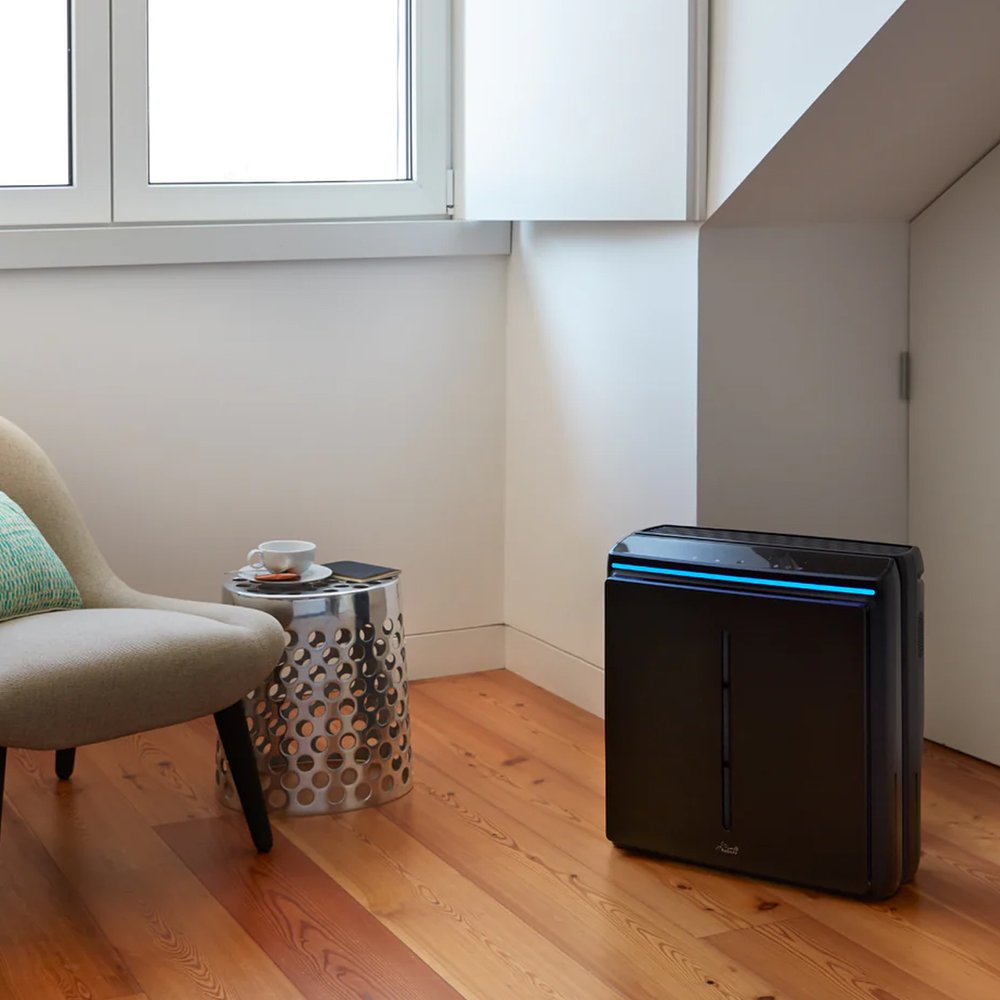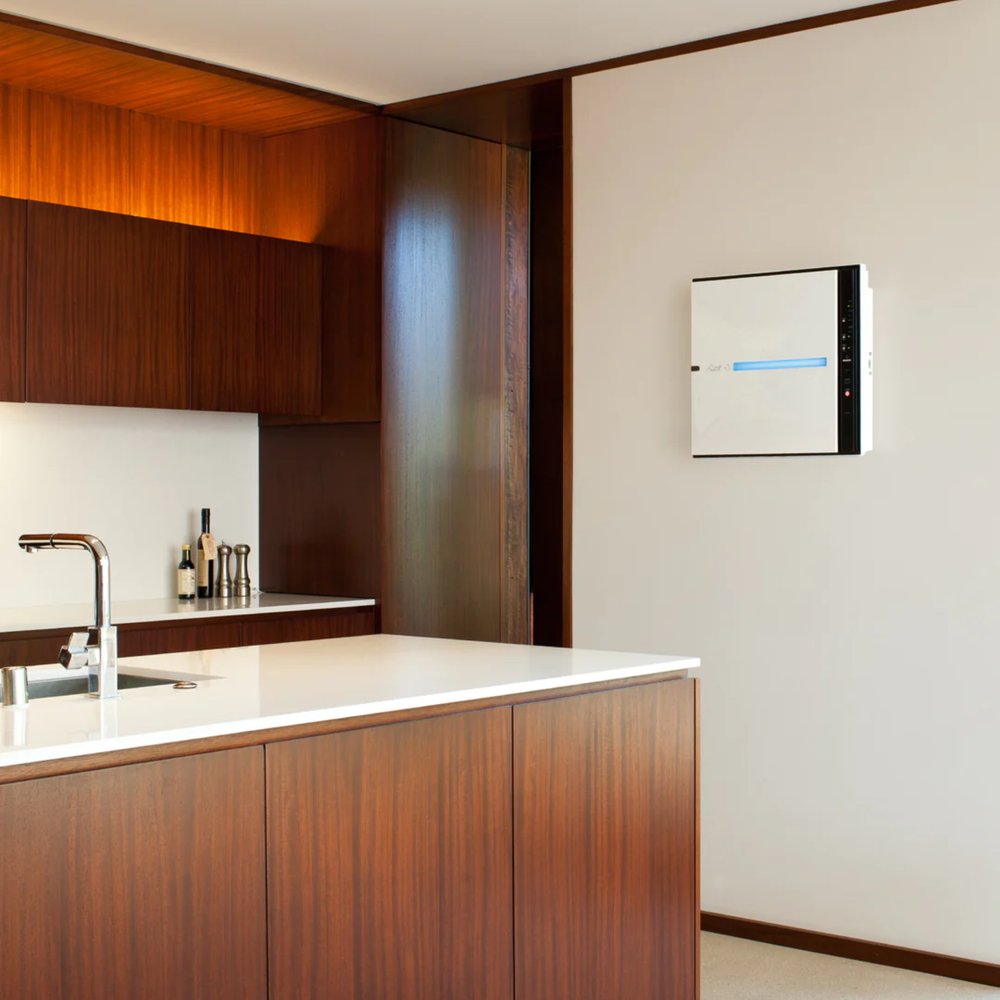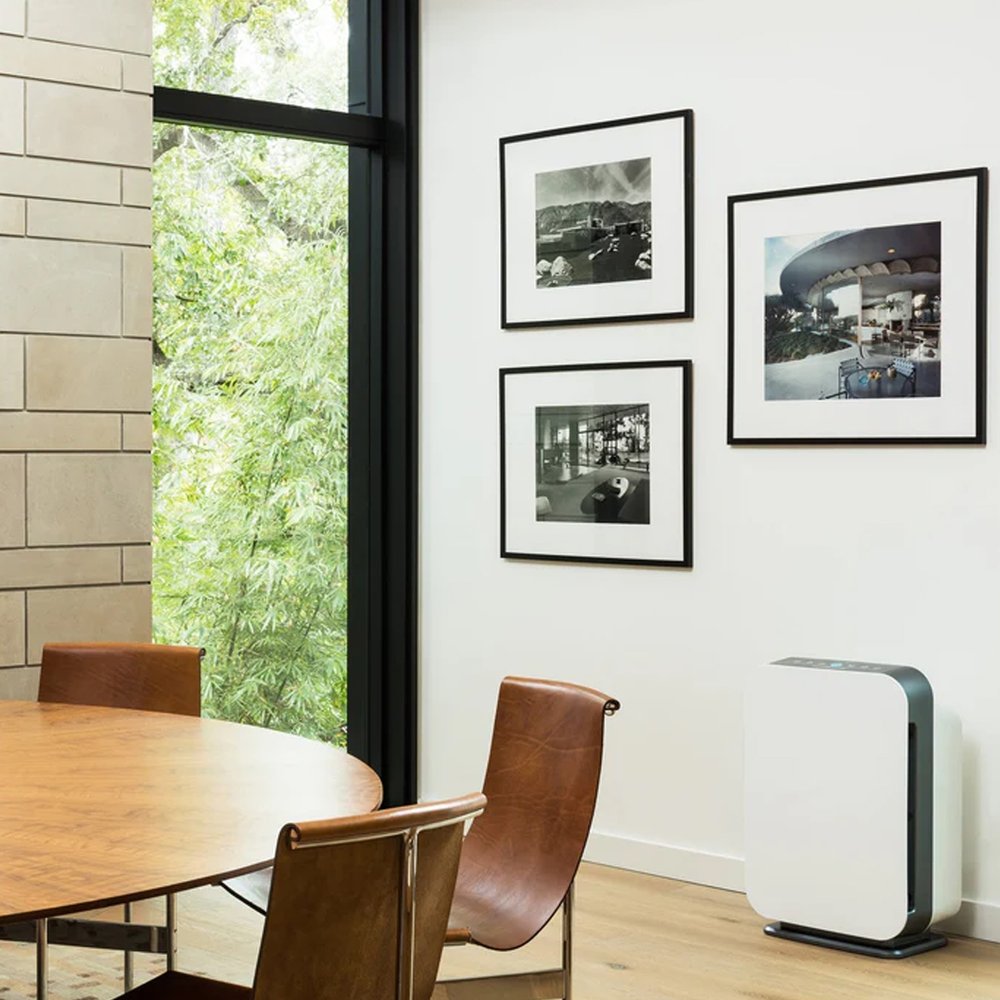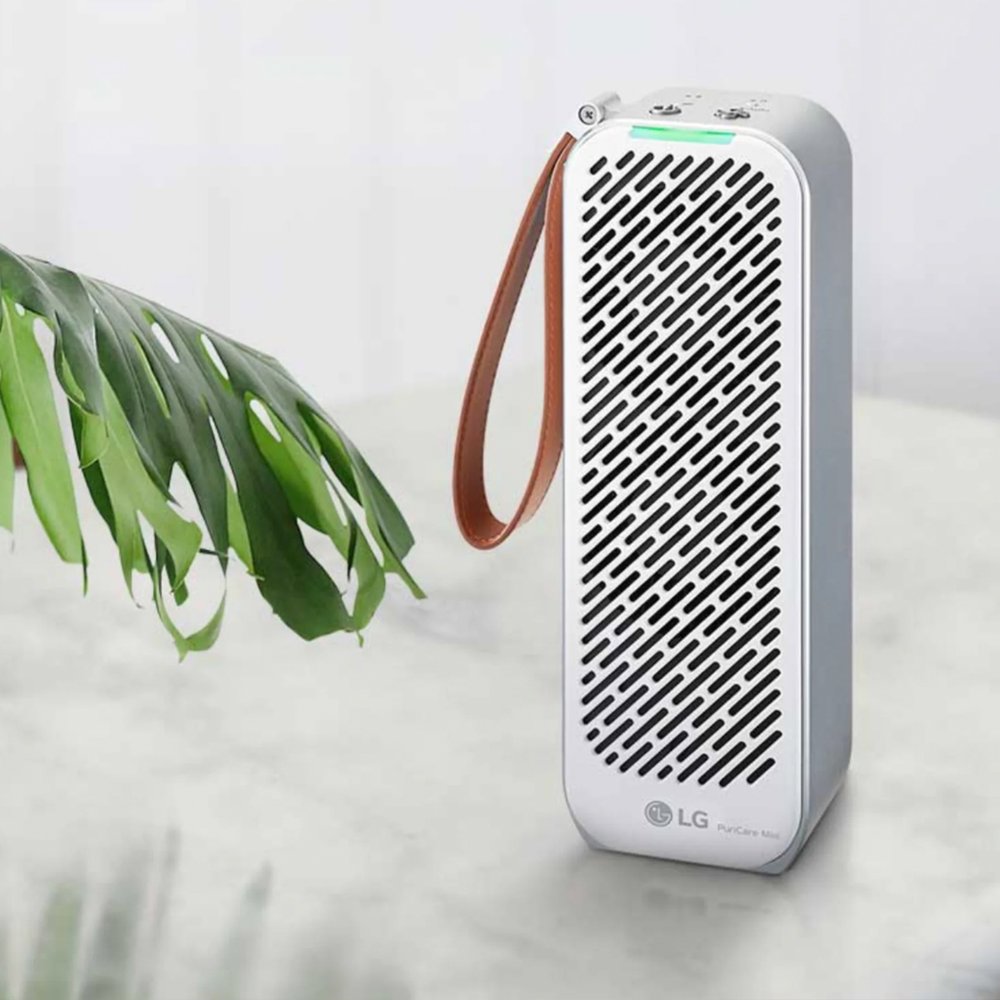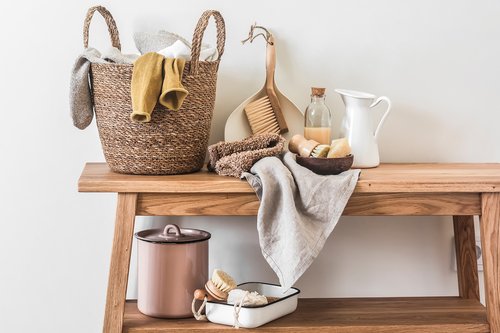A healthy home starts with healthy air. Indoor air quality (IAQ) can impact respiratory conditions such as asthma and trigger allergic reactions. If you’re concerned about the quality of the air in your home, air purifiers are now considered household staples. They can reduce airborne allergens such as pollen and mold, particulates from smoke or smog, and capture particles containing bacteria, viruses and harmful Volatile Organic Compounds (VOCs).
It’s never been easier to track the air quality of where our homes are located. IQAir’s animated map provides real-time updates around the globe. However, indoor air is often between two and five times as polluted as outdoor air; even occasionally registering as 100 times worse. How can this be the case? Outdoor air pollutants find their way indoors and become trapped without proper ventilation. Air purifiers work by cleansing the air inside by using an internal filter and fan to pull in unwanted particles from the air in a specific room. The purified air is then circulated back into the space. This filtration process repeats several times an hour, continually boosting indoor air quality.
Choose your air purifier carefully, however, since the marketplace is full of options that aren’t up to scratch. An ideal air purifier is quiet and discreet. It should also be robust, affordable and outfitted with a HEPA filter, striking a balance between affordability, performance and being unobtrusive within a design scheme. WLLW has reviewed some of the best models on the market so you can make an informed decision about how to optimize the air quality in your home.




